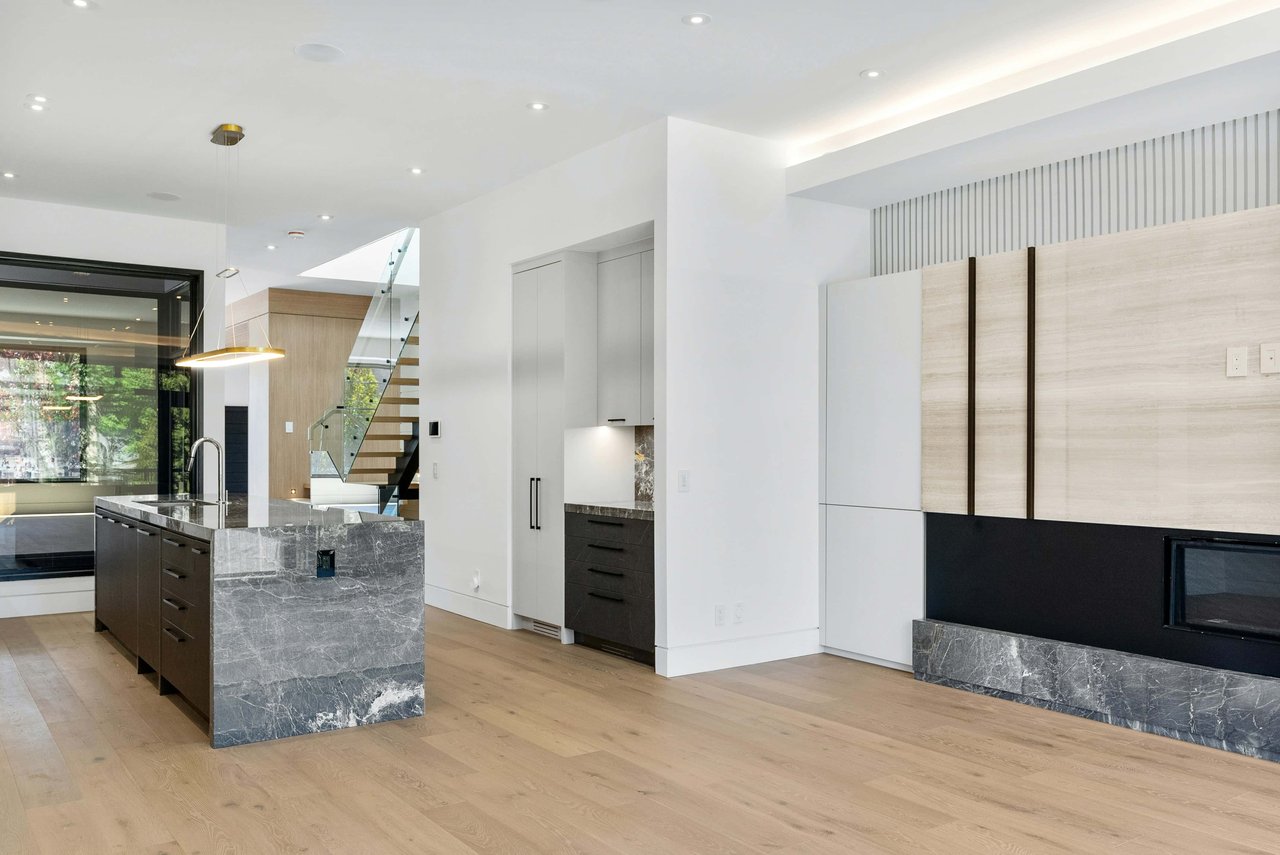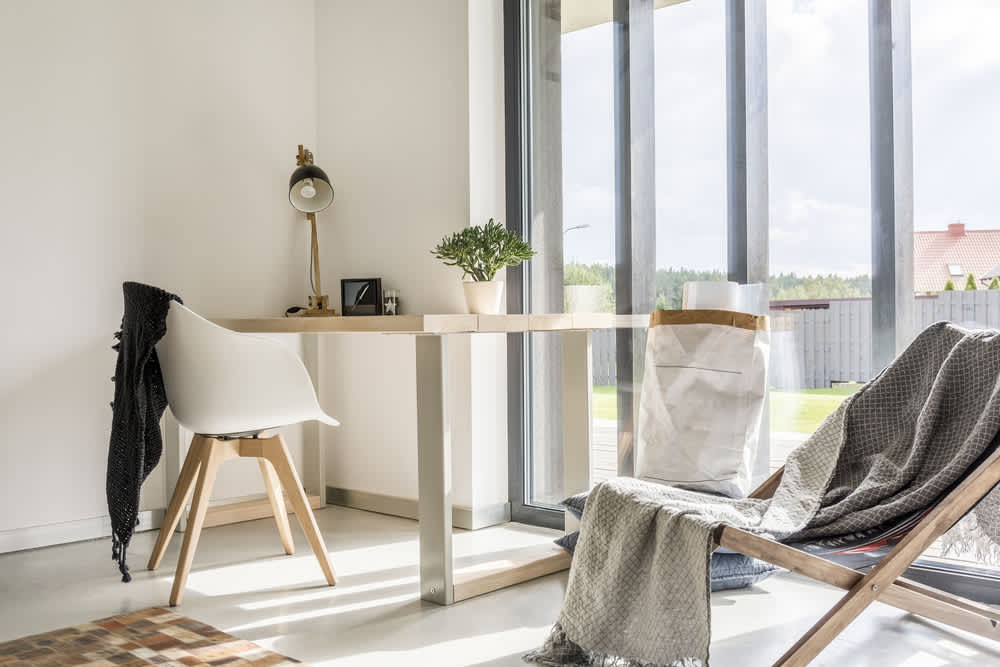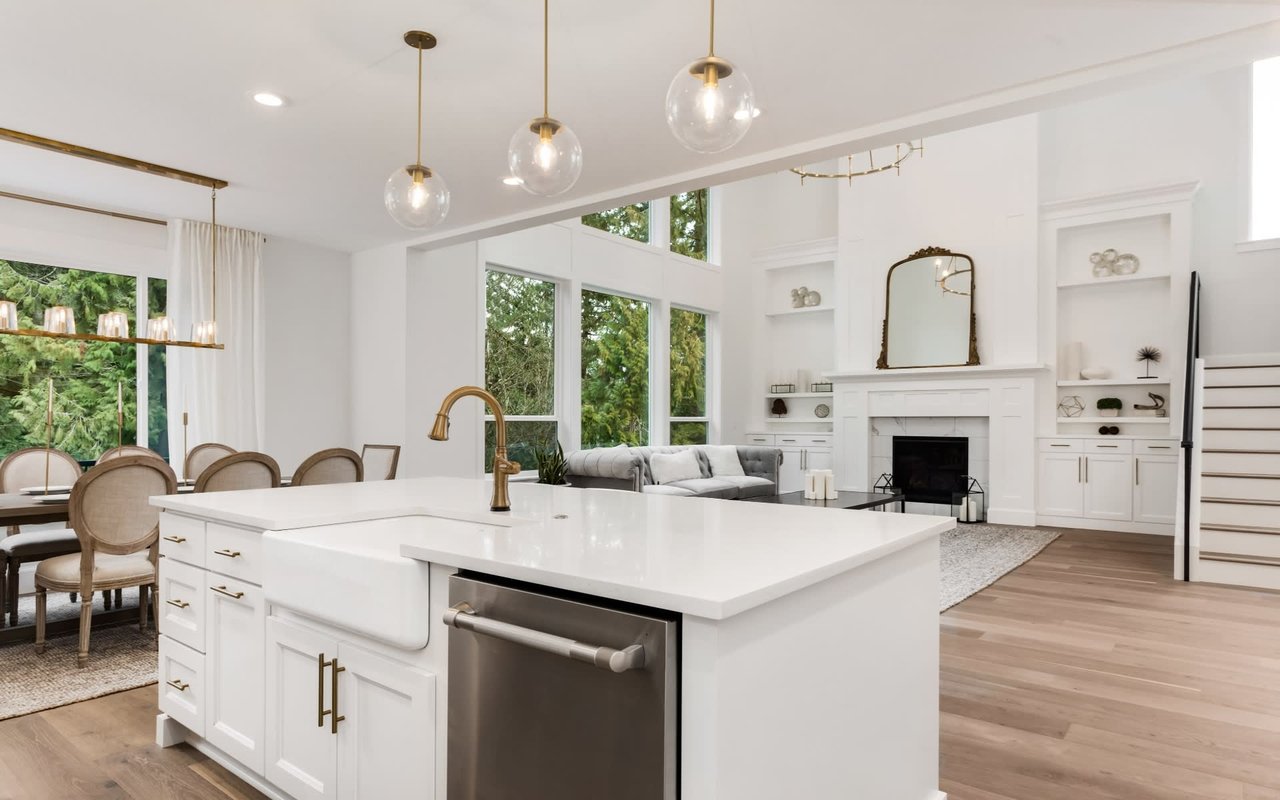Over four decades as an attorney, business owner and Realtor, I’ve learned some hard lessons about negotiations and who you can trust in negotiations. In the Greenwich real estate market, we have over 1000 members of the Greenwich Association of Realtors, but there are probably only about 200 that do the very large majority of all the deals each year. We all know each other, or at worst know somebody who knows the other agent’s reputation for honesty and fair negotiating.
The Greenwich real estate community’s reputation for fair dealing is self-reinforcing in that the Realtors that are known to be sharp dealers are actually at a disadvantage as other Realtors don’t take what they say at face value. This means that even when they are actually being truthful, the other agent still has her doubts. As a result, deals that could be done if there were more trust between the parties don’t get done.
Let’s look at some of the tactics and situations to be aware of when negotiating a deal.
I. The Phantom Second Bidder
Buyers tend to make higher offers and quicker counter offers when they are competing against another buyer. No one likes to get beat out for the house that they want and our surfeit of Type A personalities in town just hate “losing” period. If it’s a hot house in a hot market, multiple offers are to be expected. Unfortunately, the other bidder is not always real, or their level of interest may not be as high as represented. This is when having a good broker can be very helpful, to help determine just how worried a buyer should be about the other buyer.
II. The Off-Market Buyer
Some buyers want particular neighborhoods or a particular type of house. In such cases, agents may contact owners whose properties aren’t listed inquiring whether they might want to sell their house. Every year several houses are sold this way. The problem comes when an agent purports to have a buyer for a property as a tactic to get a listing. One easy way around this for homeowners is to sign a listing agreement with the agent, but limit it to that one showing.
III. Simultaneous or Concurrent bidding
Buyers sometimes make offers on two or even more houses at once, trying to play one homeowner against another or just to hedge their bets. It’s a risky strategy as one seller or both may decide they don’t want to get involved in such a negotiation and decide to pull-out. If the agent reveals that there are simultaneous bid, then everyone is on a level playing field.
Where this is a problem is when there are multiple offers on one house and the simultaneous bidder doesn’t want their offer tainted by the fact that they are bidding on another house. The simultaneous bidder can win the bidding war on house “A” and then turn around and accept an offer on house “B”. The owner of house “A” can then find that the other bidder for their house has moved on. One way to fight this is to simply have your agent ask by email if the other party is making simultaneous offers. Very few agents, will want to misrepresent something in writing.
IV. Basements, Attics & Square Footage
In Greenwich we can only use the house square footage from an architect, builder, or most commonly the square footage of the house on the tax card. The problem here is that this square footage may or may not include the basement depending on whether the basement is a walkout basement or is underground (and it’s even a little more complicated than that.) Lots of our financial types like to look at cost/square foot to figure out whether the house is fairly priced or not.
Our median price per square foot so far this year is $521/s.f. It’s a lousy number to use as it does not take into account; the size of the lot, the presence of wetlands, or whether the basement is included. If you do want to use that number, always ask if the basement and/or “attic” is included in the square feet. Even better go see the house and decide whether what is there works for you. Houses with identical square footages can feel spacious or cramped depending oh how they are laid out.
V. Soil Types, Wetlands and Maps
Wetlands serve a vital purpose in protecting our natural resources and controlling flooding. State law mandates their protection and we have a town agency with a hardworking staff and well-educated board members to hear matters involving wetlands. We also have a town GIS department that puts out very useful maps showing where wetlands are located. Wetlands however are defined by soil types which can only be determined by a licensed professional. As a result, the wetlands shown on the Town GIS maps don’t always coincide with what a soil scientist would map out.
The presence of wetlands can greatly affect what you can do on a property. Also, the wetlands don’t have to be on your property to affect what you can do there. The presence of wetlands on the property in the area can prevent or cause modifications in what someone can do with a property. As a result. the FMV will be different depending on where and how extensive the wetlands are.
Both wetlands and the allowed above ground square footage (FAR) change the value of a property and some agents may not make this info readily available so if you are thinking of buying a property that might be affected by wetlands or if you want to expand a house that is already near it’s FAR limit, you want to do your own homework on this matter. The people at the at the Tax Assessor’s office and the IWWA can be very helpful.









